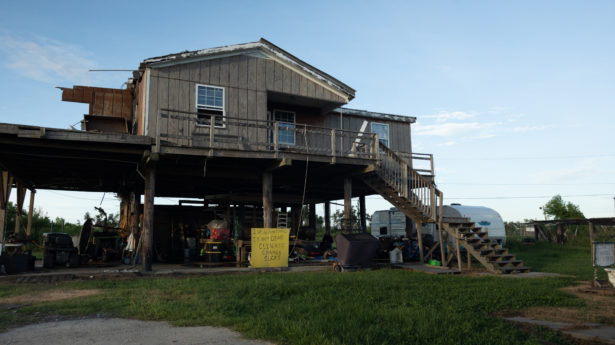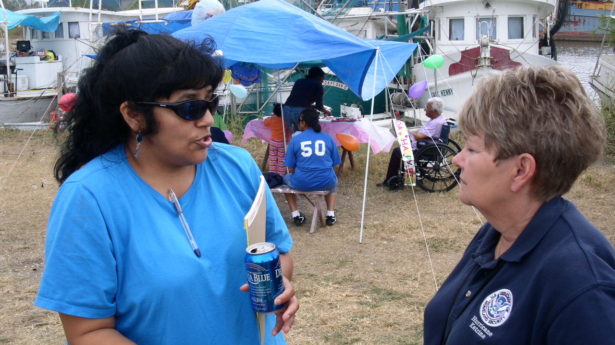The Unitarian Universalist Service Committee advances human rights through grassroots collaborations.
“We Are Still Here:” Indigenous Communities Demand Action as Tribal Lands Subside (Part 2)
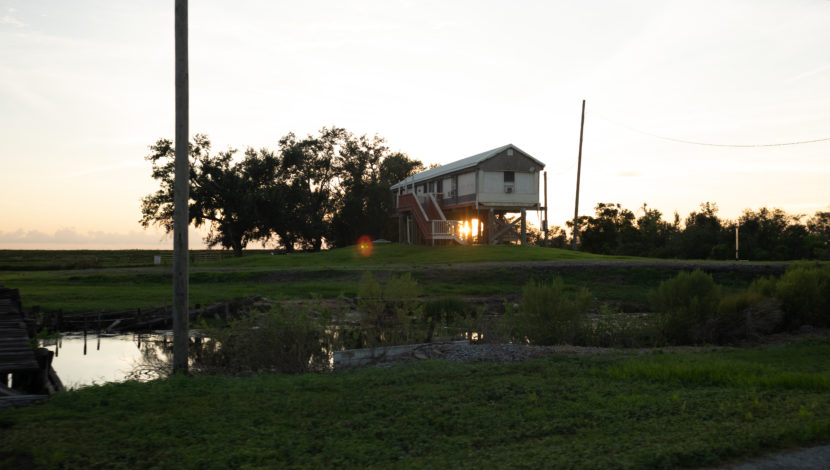
By Mike Givens on August 8, 2022
Tuesday, August 9 is the International Day of the World’s Indigenous Peoples. In honor of this holiday, UUSC is documenting several Indigenous tribes’ fight for justice as they battle environmental racism and climate change. This is part two of a two-part series. In part one of this series , we learned about the Indigenous communities in southern Louisiana and the obstacles they face in maintaining their homes and communities. In this photo essay, we will see the real-life impacts of climate change on these communities and the effects of poor resource allocation for Indigenous peoples.
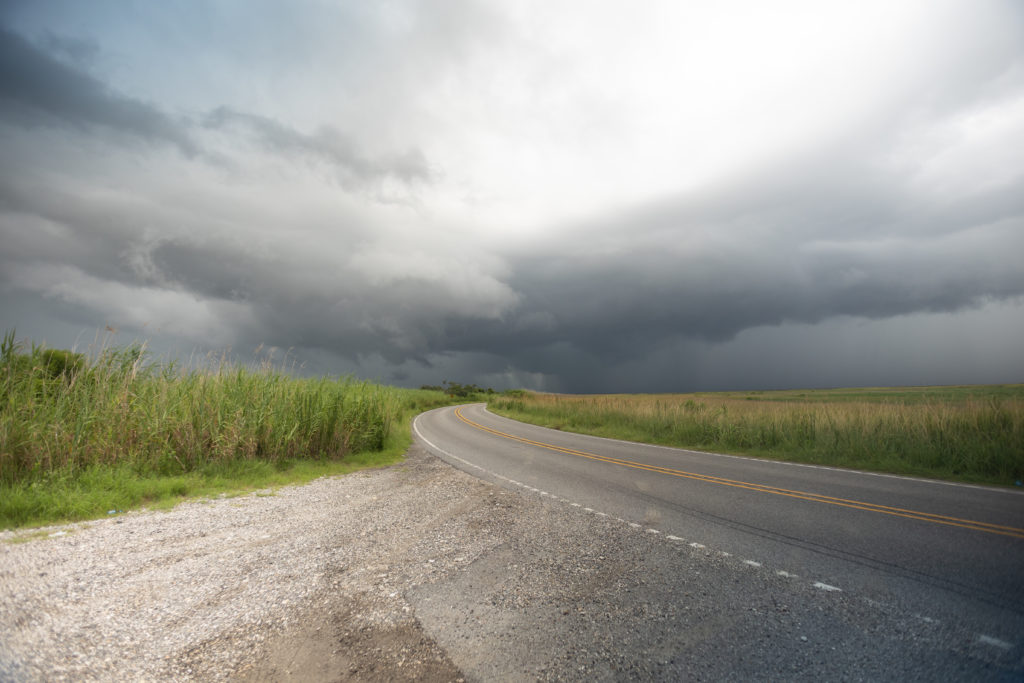
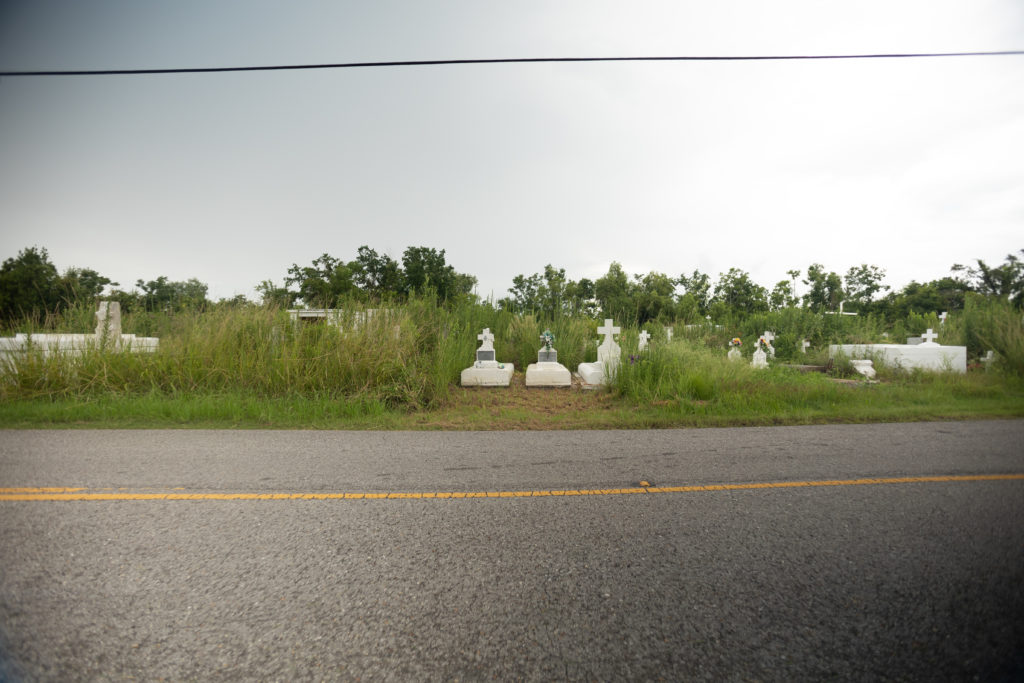
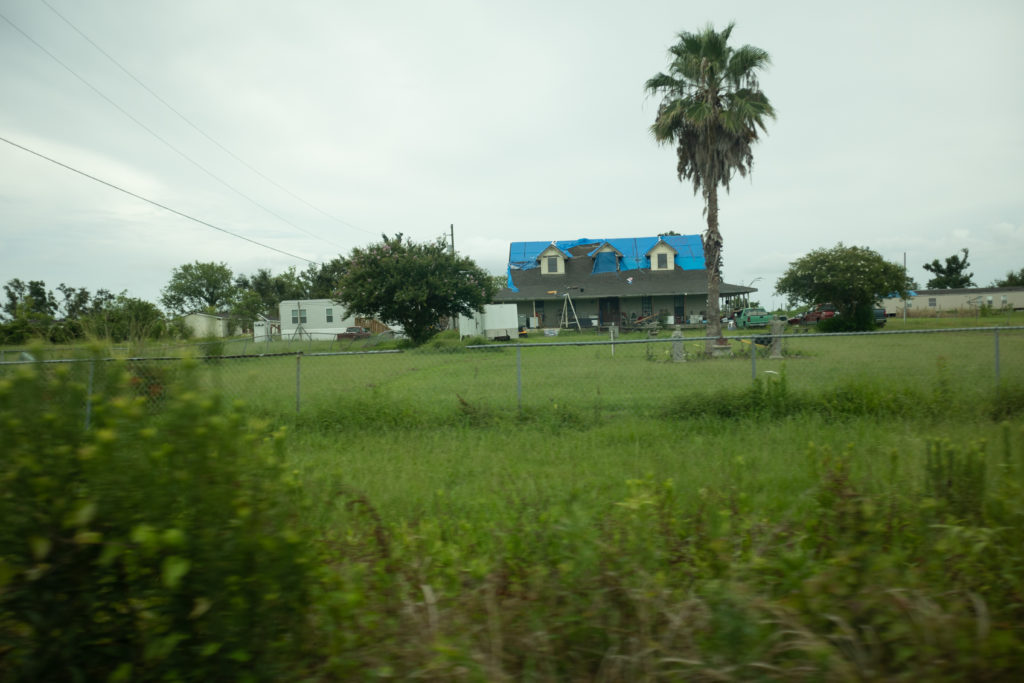
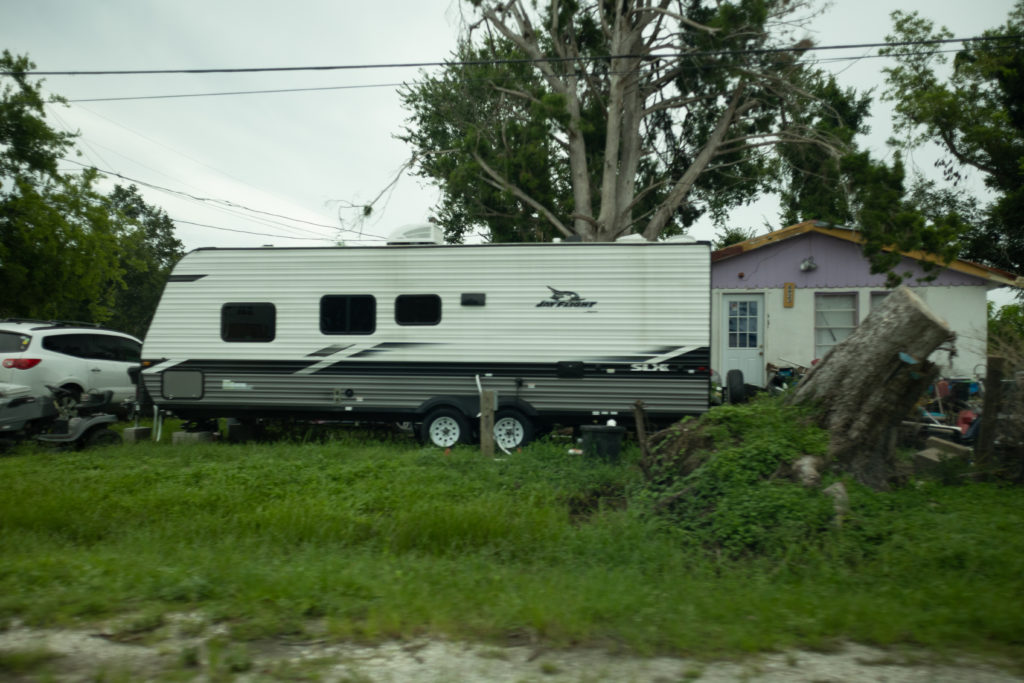
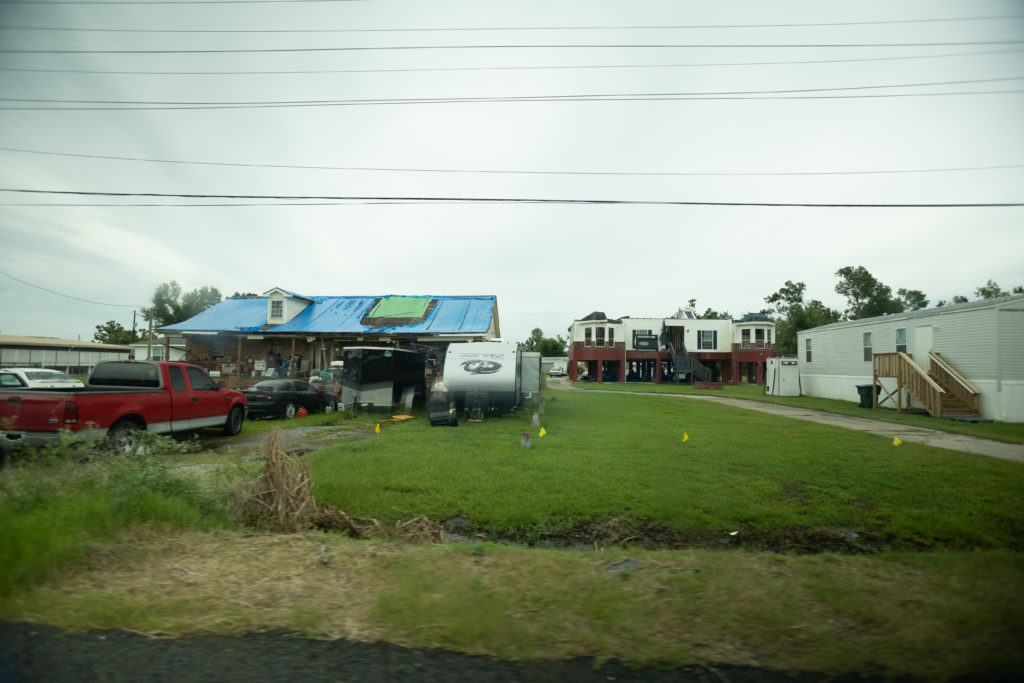
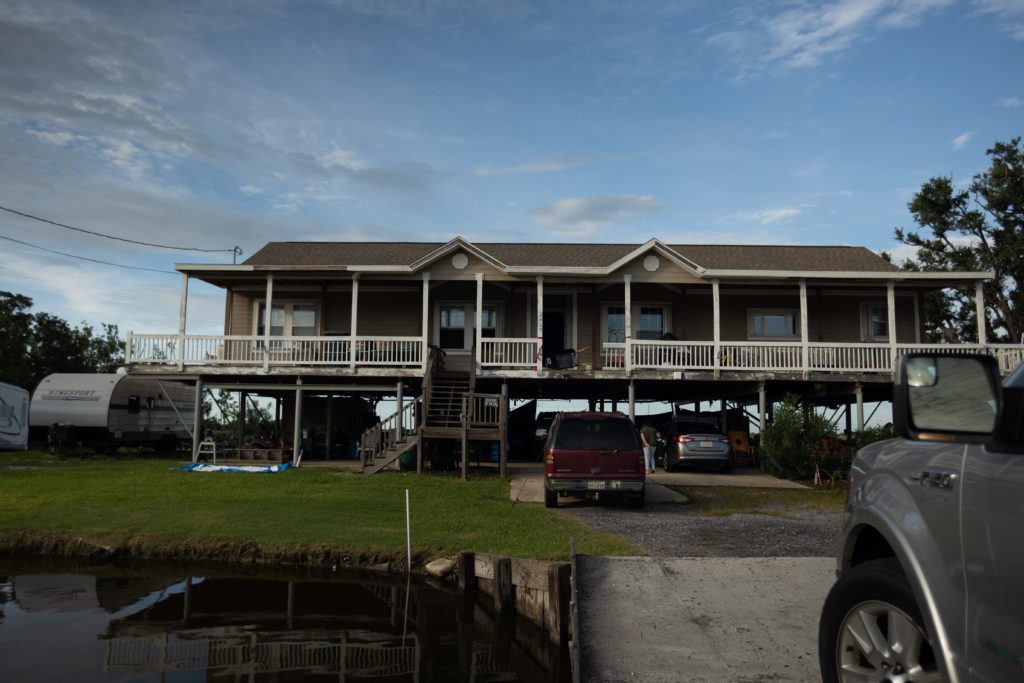
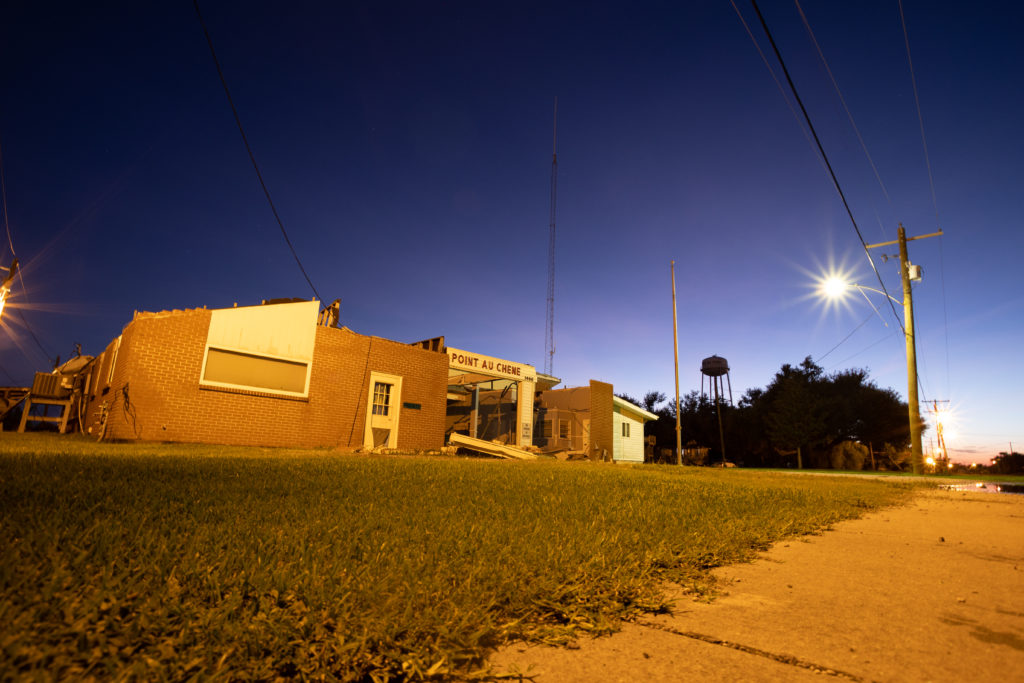
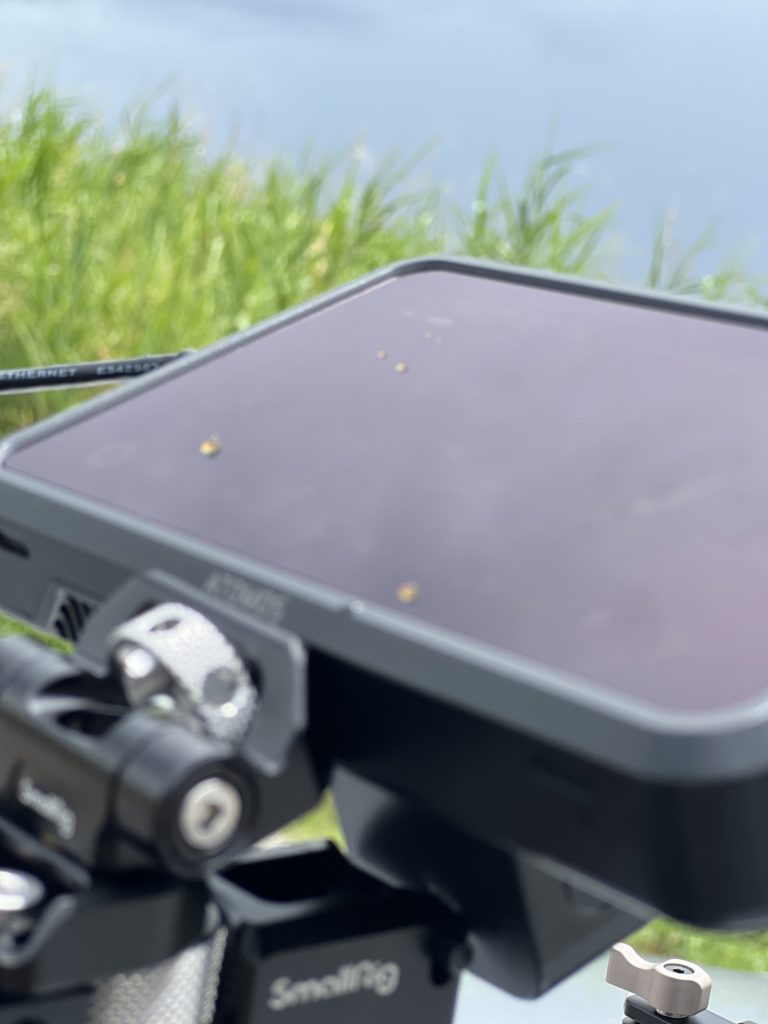
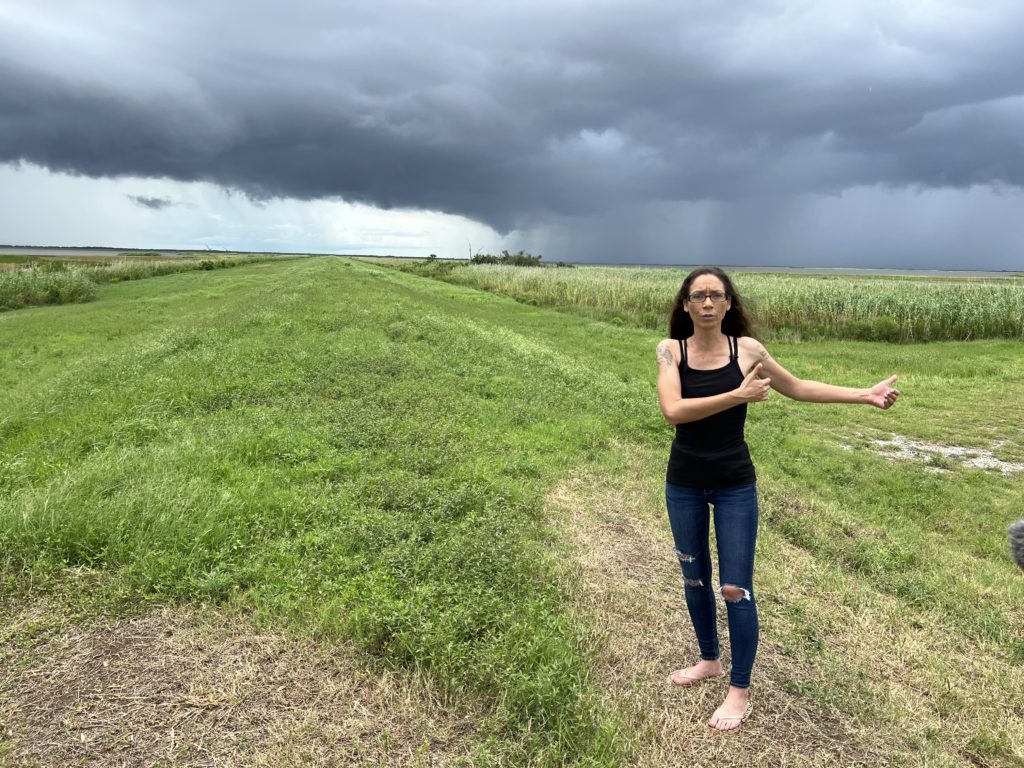
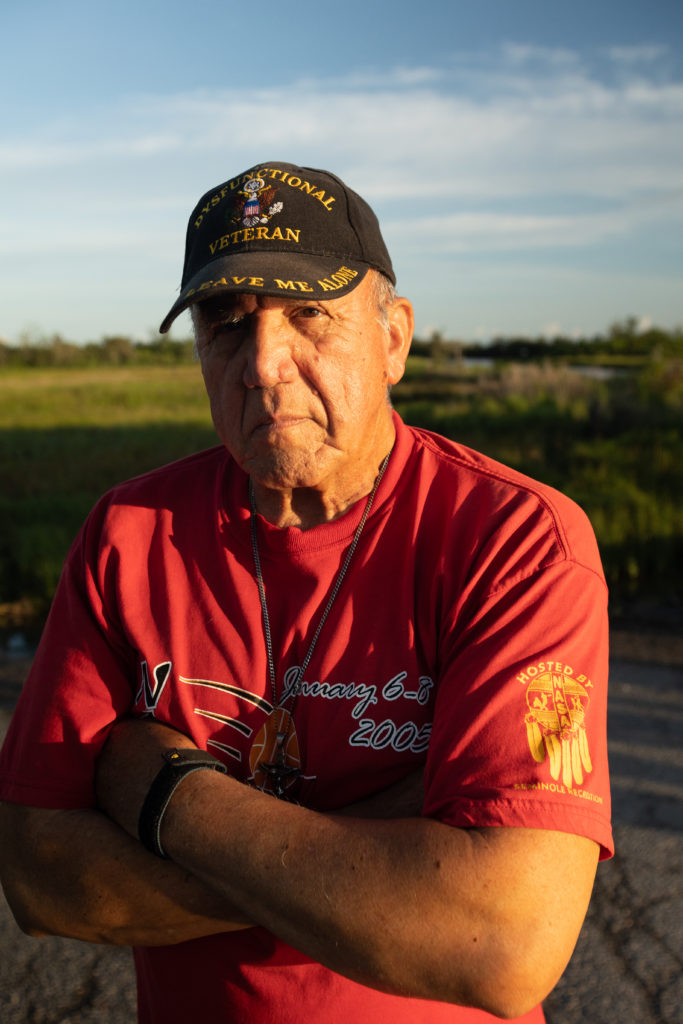
These are but a few stories yearning to be told from those living in southern Louisiana. UUSC and its partner, the Lowlander Center, are working collaboratively to call attention to the injustices faced by BIPOC communities, but also their steadfast advocacy, dignity, and hard work in preserving their ways of life. UUSC and Lowlander are partnering on an international campaign to encourage an official from the United Nations to visit southern Louisiana, meet with the tribes, and make recommendations directly to the federal government to ensure that these communities are not only preserved, but treated with the same dignity and respect as any other communities in Louisiana, the south, and the nation. Stay tuned as we continue this journey, one that will see UUSC produce a documentary about the experiences of these tribes and their fight for equity.
Photo Credit: Craig Richard, Mike Givens
